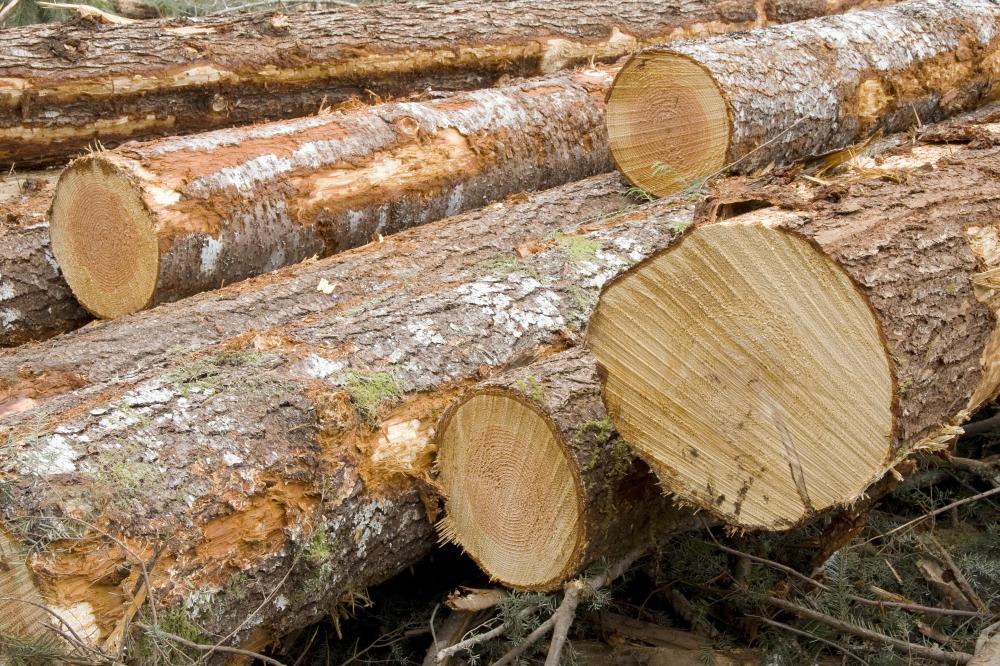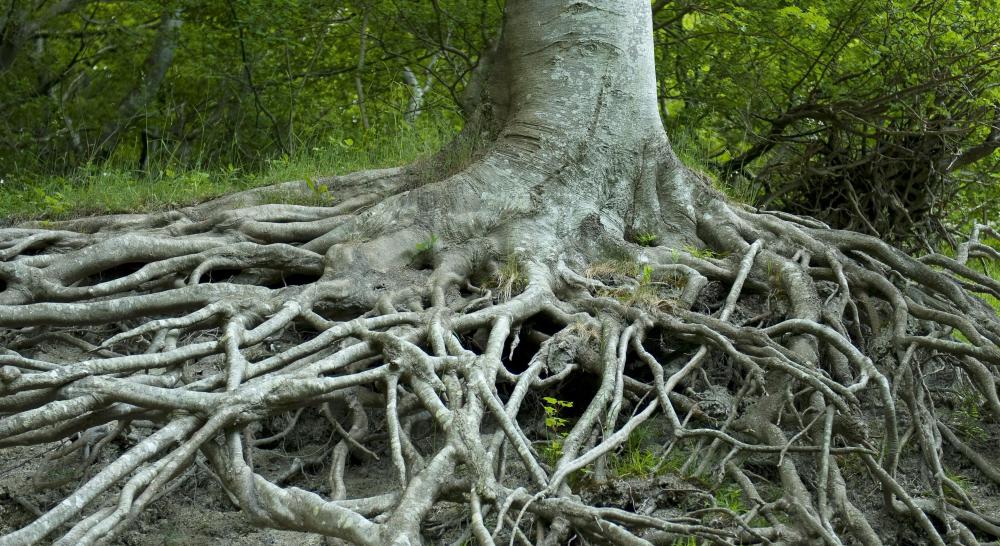At AllThingsNature, we're committed to delivering accurate, trustworthy information. Our expert-authored content is rigorously fact-checked and sourced from credible authorities. Discover how we uphold the highest standards in providing you with reliable knowledge.
What is a Timber Harvest Plan?
A Timber Harvest Plan (THP) is a document which details planned logging operations and the steps that will be taken to minimize environmental impacts of these operations. In many regions of the world, a timber harvest plan is required before logging can proceed, and these documents are open to public comment before they are approved. The open public comment period allows concerned individuals to protest the timber harvest plan before it is finalized, and it can result in a blockage of the plan or substantial changes to it.
Logging is a sensitive issue, and it is also a very profitable endeavor. In many nations, timber costs are constantly on the rise, due to declines in available timber and a growing demand for forest products. Awareness of timber as a vital economic resource has led to a desire to protect it as an ecological resource, since trees are a valuable part of the natural environment. In addition to simply looking rather nice, trees help to protect watersheds from erosion and they provide habitat to numerous animals. Trees also condition the soil and scrub carbon dioxide from the air.

Centuries of logging around the world have drastically changed the natural environment. Europe, for example, was once covered in forests, and only a fraction of these trees remains today. Likewise with North America, which was a forbidding and heavily forested land when early explorers first reached it. The impacts of long term logging on the natural environment began to be realized as early at the 18th century, but serious forest management did not begin in most regions until the 20th century.

The introduction of the timber harvest plan had a huge impact on the logging industry. Previously, land owners could cut down as many trees on their land as they wanted to, with no thought to the long term impact and the effects on neighboring land owners. A timber harvest plan forces a logging company or property owners to think about the environmental impacts of the logging, and to provide a clear list of ways to mitigate these impacts. The document includes a projection of which trees will be felled and when, how and where access roads will be cut, and which waterways may be impacted.

A licensed professional forester cooperates in the drafting and submission of a timber harvest plan. The forester may call upon other professionals, such a specialist who focuses on animal species in the area, to ensure that the timber harvest plan is thorough and carefully constructed. The forester is also responsible for obtaining accurate survey information about where the property in question begins and ends, and he or she will mark targeted trees in the area for inspection. Once the forester signs off on the document and the public comment period is over, it will be approved or denied by a regional department of forestry.
Environmental activists tend to keep a close eye on pending timber harvest plans in their region, so that they are aware of logging on potentially controversial sites. Landowners in heavily timbered regions also take an interest, since they can be negatively impacted by timber harvest in their area. If approved, logging operations generally begin on the site within a year.
Frequently Asked Questions
What is a Timber Harvest Plan and why is it important?
A Timber Harvest Plan (THP) is a detailed document required by law in many regions, outlining the steps and methods a landowner or timber operator will use to harvest trees. It's crucial for ensuring sustainable forestry practices, protecting environmental resources, and maintaining ecological balance. The plan typically includes considerations for soil stability, water quality, and wildlife habitat preservation.
Who is responsible for creating and implementing a Timber Harvest Plan?
Landowners and licensed timber operators are responsible for creating a Timber Harvest Plan, often with the assistance of professional foresters or environmental consultants. Implementation is overseen by the landowner or operator, but it must comply with state or regional regulations and is subject to approval and monitoring by governmental forestry or environmental protection agencies.
What are the key components of a Timber Harvest Plan?
A comprehensive Timber Harvest Plan includes the area of harvest, types of trees to be cut, methods of cutting, road construction plans, measures to protect water quality, plans for reforestation, and strategies to minimize impacts on wildlife. It also involves a public comment period and may require archaeological and historical site assessments.
How does a Timber Harvest Plan benefit the environment?
A well-crafted Timber Harvest Plan benefits the environment by promoting sustainable forestry practices that ensure the long-term health of forest ecosystems. By addressing issues like erosion control, habitat protection, and tree regeneration, the plan helps maintain biodiversity, supports clean waterways, and contributes to carbon sequestration efforts, according to the Sustainable Forestry Initiative.
Is public input considered in the Timber Harvest Plan process?
Yes, public input is a critical component of the Timber Harvest Plan process. Most jurisdictions require a public comment period where individuals and organizations can review and provide feedback on the proposed plan. This ensures transparency and allows for community concerns to be addressed before any harvesting activities commence.
How often must a Timber Harvest Plan be updated or renewed?
The frequency at which a Timber Harvest Plan must be updated or renewed varies by region and is dictated by local laws and regulations. Generally, a plan is valid for a specific number of years, after which it must be reviewed and potentially revised to reflect changes in forestry practices, environmental regulations, or ecosystem conditions.
AS FEATURED ON:
AS FEATURED ON:













Discuss this Article
Post your comments